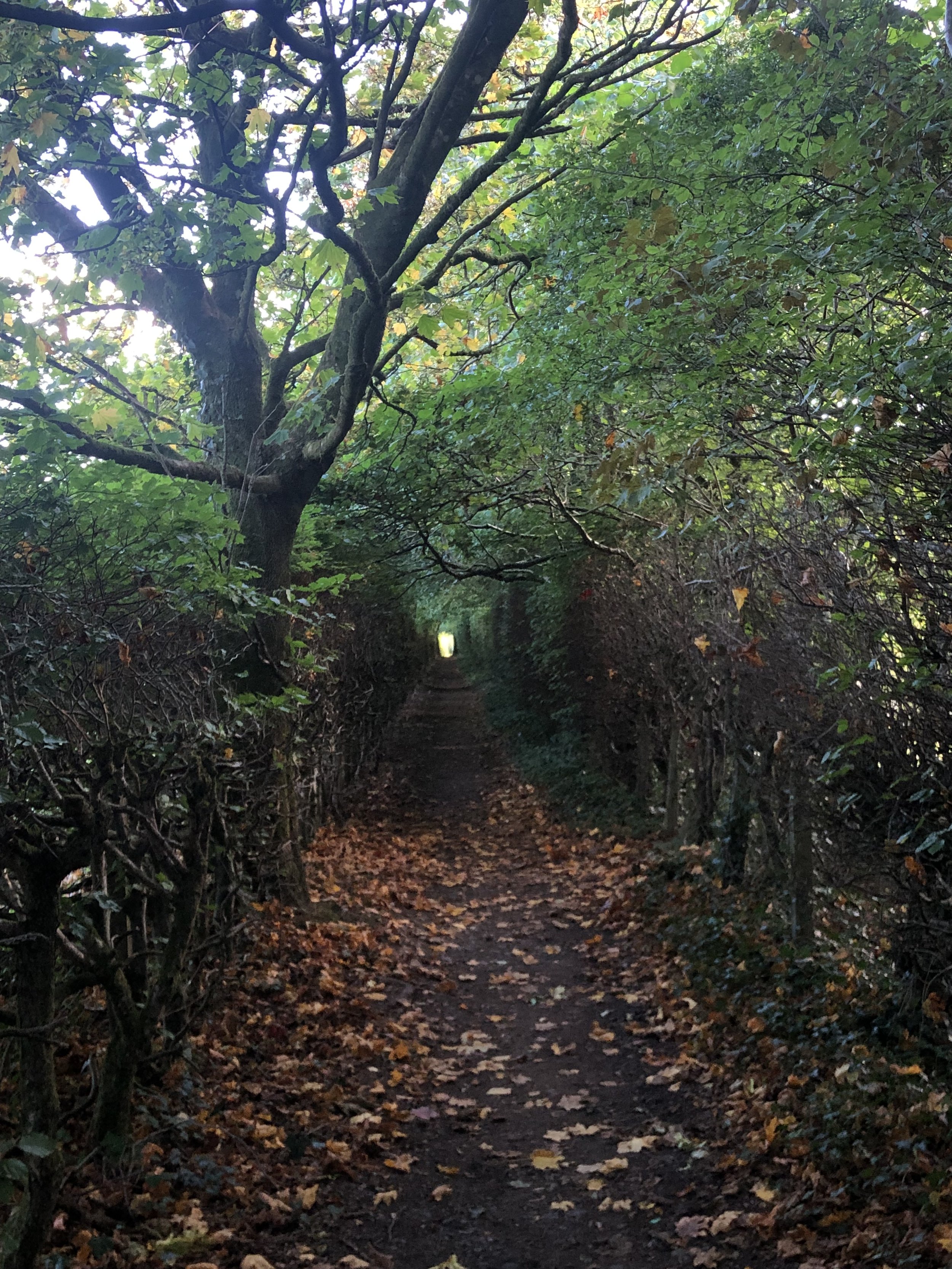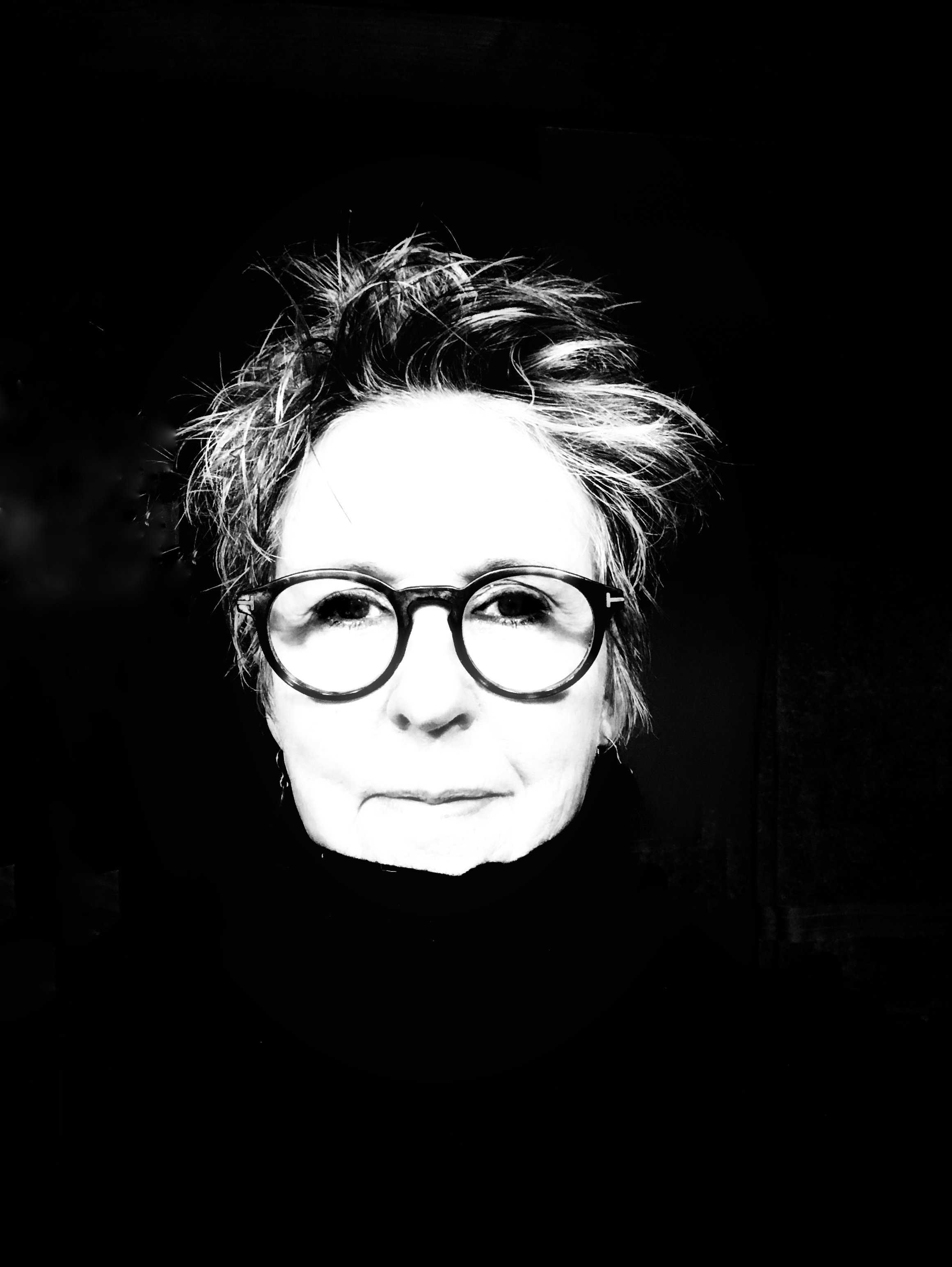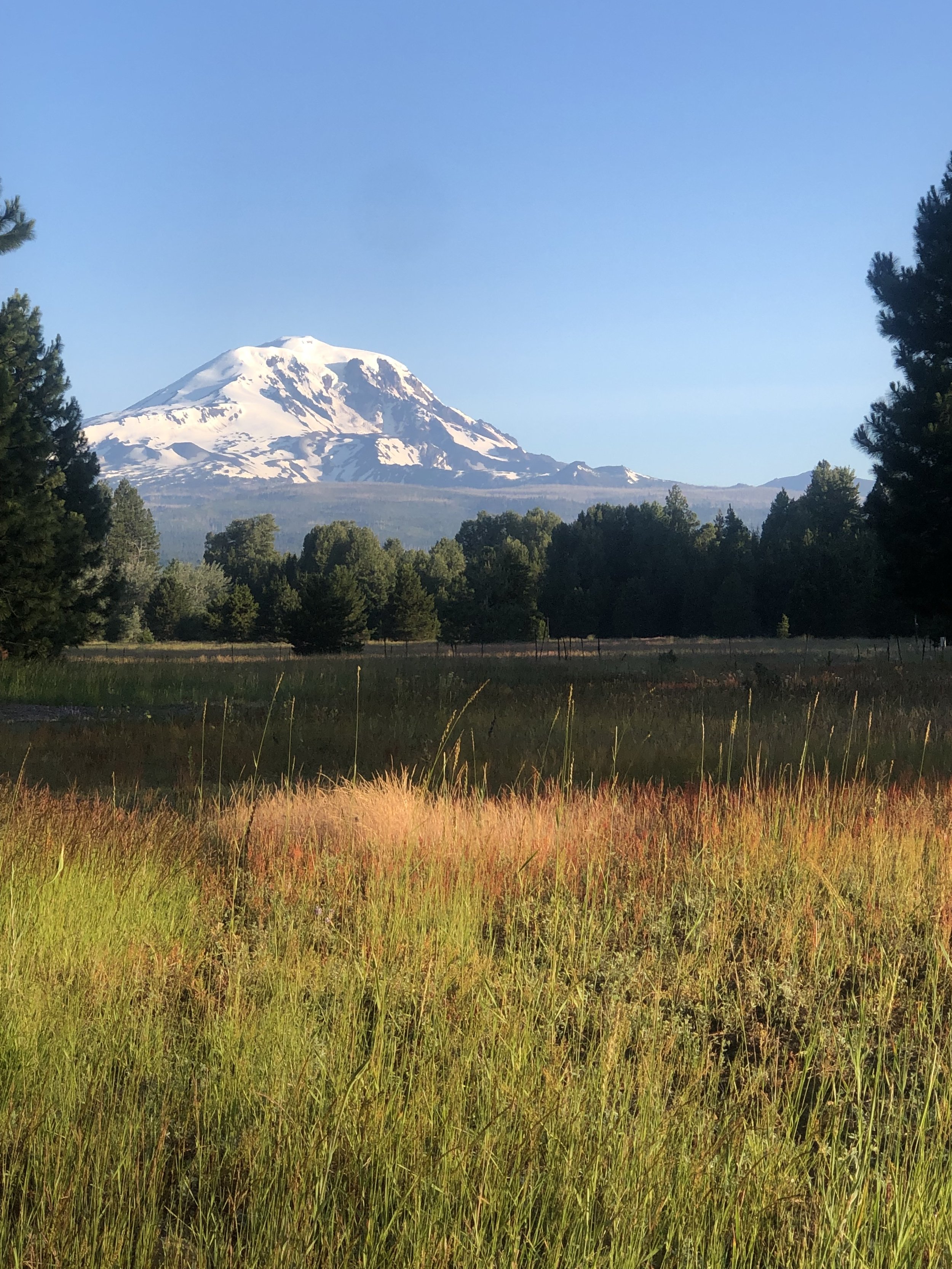On a rainy Thursday morning I unexpectedly found myself alone in a coffee shop. There to meet a new friend, we’d gotten our wires crossed on the time we were to meet. I had at least an hour before an upcoming appointment. Ordering an Americano—with an extra shot of course—I sat down at a table, my journal sitting next to me. It was then that I wondered if the morning wasn’t a mistake after all. If, in fact, I was there to have a date with God. An hour of quiet to sit together, to listen, and to be heard.
Earlier that morning I’d had one of those powerful, messy, raw, and ultimately beautiful FaceTime conversations with one of my daughters. Our conversation wandered through home decorating ideas, upcoming pre-school schedules, parenting challenges, and grocery shopping lists. And then suddenly we found ourselves at the crossroads of her past, the challenges of the present, and her hopes for the future. Which landed us on the painful topic of past trauma and wounding, which then led us to the possibility of generational healing.
Looking through my own lens, and speaking only for myself, ours is a family that has struggled with anger and rage, impacting multiple people on multiple fronts. It was true of the generations before me, and it was a part of my own experience growing up. Add to that the fact that the first time around I chose to marry someone who had his own issues with anger and rage. With good help, I’ve worked to understand those rageful roots, and undo their patterns. My daughter and I talked about how those roots and patterns were part of the soil in which she grew up, and in which her own family is now growing. None of us wants to pass on those parts of ourselves that are unhealed, but left untended, we do. Her pain around anger and its impact on her and now her own family was tangible as we sat together screen to screen. I expressed my deep sadness that she had to experience that in her past, and now has to encounter this same family tendency in her present. I apologized for the part I played in passing that tendency on. Our conversation mattered. My apology mattered. Her need to hear that apology mattered. We ended the time grateful for the safe space we’ve created to talk about scary things.
Sitting in the coffee shop with my Americano, my journal, and God, I picked up a pen and started writing. What does it take to do the hard work to heal from our past? To mend from the uninvited, and perhaps unintended, pain and trauma that make up part of our history? Unintended or not, generational wounding and trauma are inconvenient truths that come with being human. Generational healing is only possible when we encounter and engage with our wounds.
Our unhealed pain always reveals itself, and when it does, that is the moment of invitation…
“Will you meet me head on?” it asks. “ Will you confront me? Will you look me in the eye? Will you put your forehead to mine so that together we can find our way out of this cage of your past that imprisons us both? I want out of here as much as you do, because our freedom, and the freedom of the generations to come are inextricably linked. Know that you are not alone in this quest for wholeness. It is the path all are called to walk if they have the courage to do so. You are not meant to navigate such difficult terrain alone, so seek wise traveling companions, and ask for their help. ”
Closing my journal and heading for the car, I was reminded that we are not alone in our brokenness. None of us make it through unscathed. Our pasts are some combination of the good, the bad, and sometimes, the seriously ugly. Our healing begins when we are courageous enough to look that truth in the eye, and discover what it has to tell us. Because only the truth can set us free. Us, and the generations to come.
Amen.
May it be so.











